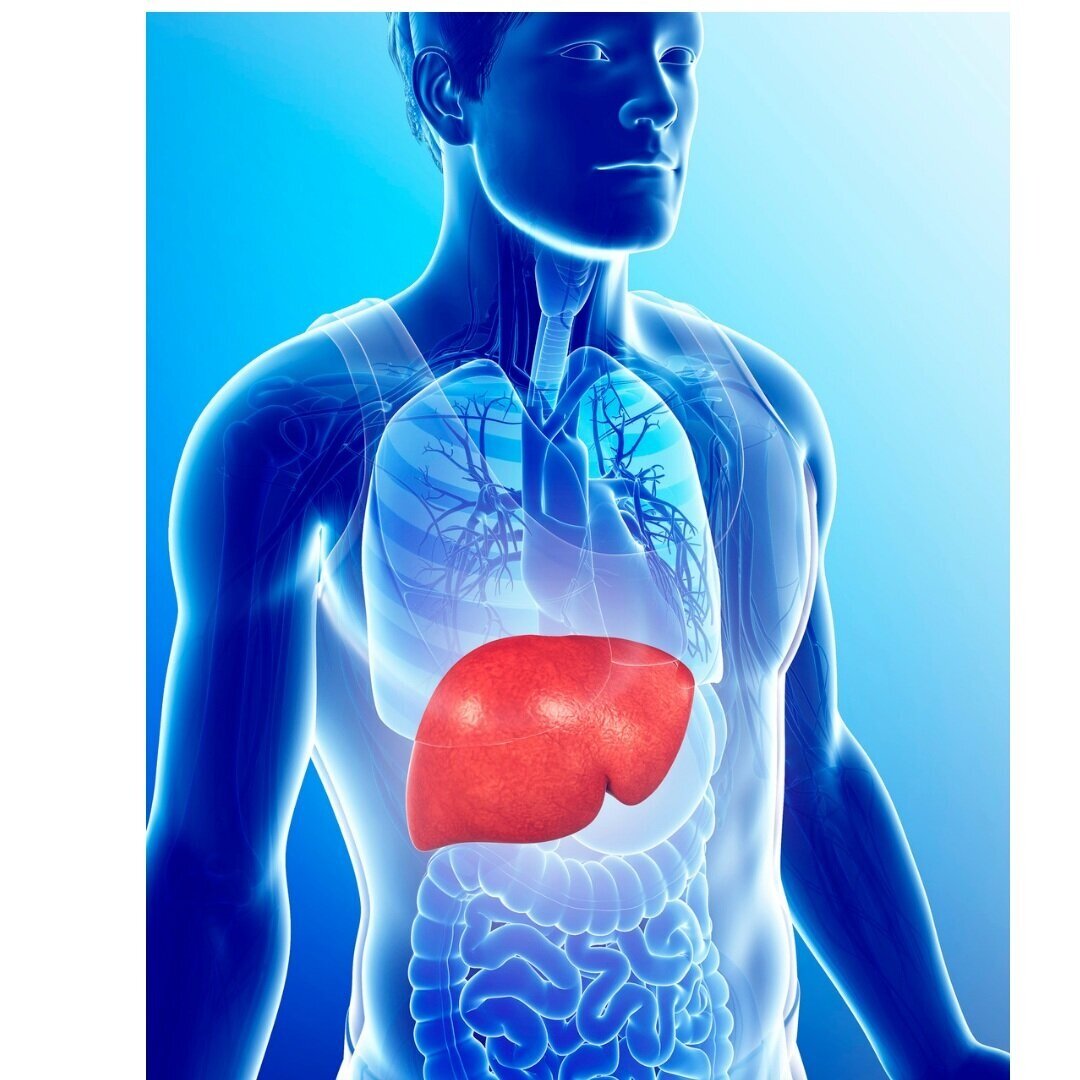Let me start with an amazing experience I had during the Visceral Manipulation course. I had some work done on the on the connective tissue of the small intestine. After baby number 2 I had a two and a half centimeter separation of my abdominals with a lot of sinking and sponginess around my belly button. It has stopped me from getting back on my pole and progressing with my yoga. BUT after this treatment the tissue along my tummy felt a lot firmer, its now easier to connect to my middle fibres of transverse abdominis AND the gap is now down to a centimeter and a half. Mind BLOWN!!
But now to the liver. This is just one example of how complex and intricate the body is.
The liver lives here…
Can you see it moving up and down with the breath on this MRI?
http://yogaphysicaltherapy.com/wp-content/uploads/2016/01/breathing_mri.gif
You can see it sits on right side of the body at around the level of the 7th to 10th ribs. The main artery entering the liver is the hepatic artery and the portal vein takes the blood away. It has a few different nerves that help it function including the vagus nerve and the phrenic nerve. When the liver is stuck or restricted within it’s fascia (the tissue that surrounds the liver) it can cause restrictions in places you would never think. These include:
Neck pain at levels of C4/5
Right shoulder blade
Right shoulder joint
How you ask? Well the phrenic nerve that goes to the liver comes from the neck and has some nerve branches that got to the shoulder and the shoulder blade. When nerves enter the spinal cord, they all go into the same part so when you affect one nerve lower down, it affects the nerve higher up! (It’s a lot more complex than this…but hopefully you get it!)
7th -10th thoracic vertebrae (mid back) and ribs
The liver sits behind/in front of these structures and is attached to them with some connective tissue
The liver is also associated with the following emotional/psychological responses
The core of your personality
Intense anguish
Rage
Strong fears
Unbearable difficulties
Depression
Decrease in creativity.
I know this seems a bit airy fairy…Liver problems = anger? But remember the brain is a complex complex organ and the neural connections within the body that produce emotion are closely liked to connections that control muscles and sensations.
So maybe that longstanding pain in your shoulder neck or bad could be some referred pain or restriction coming from your liver!









